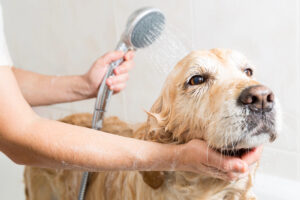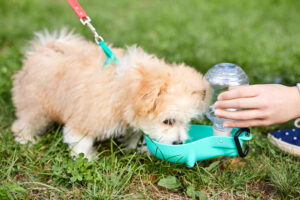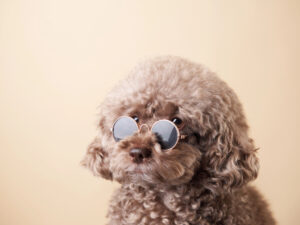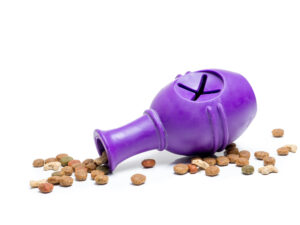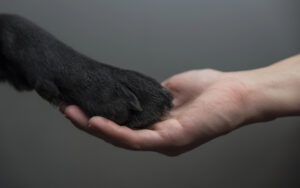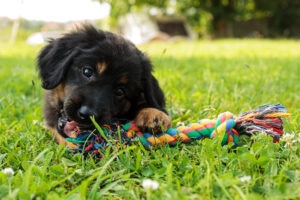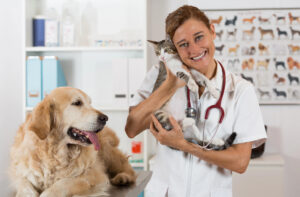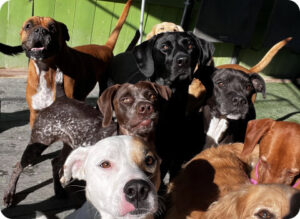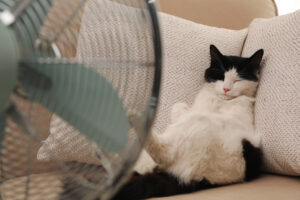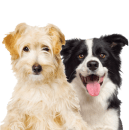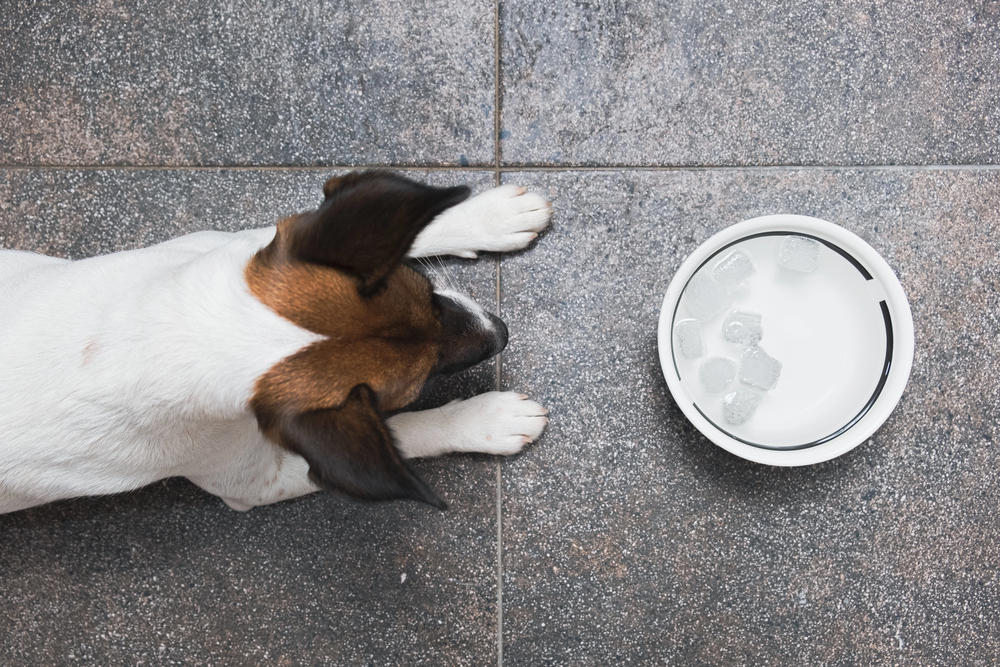
How LA Wildfire Smoke Affects Pets: What to Watch For and How to Protect Them
While San Diego wasn’t directly affected by the LA fires, you may know someone whose pets were—or you might have noticed lingering smoke in your own area. Wildfire smoke can travel for miles, carrying tiny particles and harmful gases that impact both people and animals.
Pets don’t understand what’s happening; they just know the air smells different, their eyes sting, or they feel more tired than usual.
Some may become restless or hide, while others develop coughing, sneezing, or breathing trouble. If the sky looks hazy or the air smells smoky, chances are your pet is feeling it, too.
The good news? You can help. Knowing the risks and watching for symptoms can make all the difference in keeping your pet safe and comfortable.

Boarding Clients!*Discount does not apply during holiday/peak rate periods.

The Main Health Risks from Smoke Exposure
Wildfire smoke is more than just a bad smell—it contains tiny particles and toxic chemicals that can get deep into the lungs and cause health problems. Even if you can’t see thick smoke, the air might still be filled with pollutants that can harm your pet.
1. Respiratory Problems
Smoke is full of fine particles and toxic gases that irritate the airways. Pets that inhale smoke may start coughing, wheezing, or sneezing more than usual. Their breathing may become shallow or labored, and in some cases, they might even start gasping for air.
For pets with existing lung conditions like asthma or bronchitis, the effects can be even worse. Smoke exposure can trigger severe flare-ups, leading to constant coughing, difficulty breathing, or extreme fatigue.
Short-nosed breeds like Bulldogs, Pugs, and Persian cats are especially vulnerable because they already struggle to breathe under normal conditions.
Watch for these signs:
- Coughing or wheezing – A persistent, dry cough could be a sign of irritation.
- Labored breathing – If your pet seems to be working harder just to take a breath, that’s a red flag.
- Fatigue or sluggishness – If they tire out quickly or avoid playing, smoke exposure could be to blame.
2. Eye and Nose Irritation
Even if your pet isn’t coughing or wheezing, smoke can still bother their eyes and nose. Just like humans, animals can experience red, itchy, watery eyes when exposed to smoky air.
- Squinting or excessive blinking – If your pet is rubbing their face or keeping their eyes half-closed, they may be irritated.
- Watery or red eyes – Smoke exposure can make their eyes look bloodshot or cause excessive tearing.
- Sneezing and runny nose – Clear or slightly discolored discharge is a sign of irritation from inhaled particles.
3. Toxic Exposure Risks
Not all smoke is the same. When wildfires burn houses, plastics, and synthetic materials, they release dangerous chemicals into the air. Pets that inhale too much of this contaminated smoke may suffer from toxic exposure.
One of the biggest risks is carbon monoxide poisoning. This gas replaces oxygen in the blood, which can cause extreme lethargy, confusion, or even loss of consciousness.
If your pet suddenly seems weak, uncoordinated, or unable to stand, they could be suffering from carbon monoxide exposure.
Another serious concern is hydrogen cyanide poisoning. This toxic gas can come from burning household materials and interferes with how the body uses oxygen. Symptoms can include:
- Rapid or labored breathing
- Muscle tremors or twitching
- Sudden collapse
Long-term exposure to smoke can also lead to lung scarring and chronic respiratory issues. Pets that are repeatedly exposed to smoky conditions may develop weaker lungs over time and become more prone to infections.
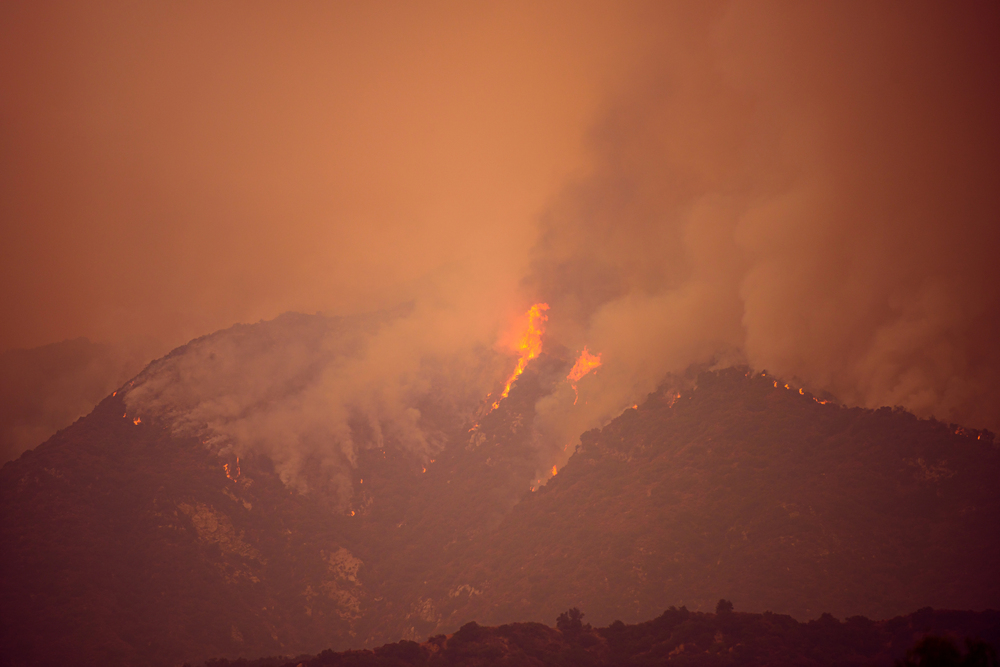
4. Stress and Behavioral Changes
Smoke exposure doesn’t just affect pets physically—it can make them anxious too. Some animals become restless and pace around, while others may hide under furniture or refuse to eat. The unfamiliar smell in the air, combined with the discomfort of smoke irritation, can make them uneasy.
Others might become extra clingy, following their owners around or seeking more attention than usual. If your pet suddenly seems sluggish, uninterested in food, or unusually jumpy, the smoky air could be the reason.
5. Skin and Coat Issues
Smoke particles don’t just stay in the air—they settle on surfaces, including your pet’s fur. Soot, ash, and fine particles can cause skin irritation, making pets scratch or lick themselves more often. If they groom too much, they may ingest these harmful particles, which could upset their stomachs.
Signs of smoke-related skin irritation:
- Itchy or dry skin – If your pet is scratching more than usual, their skin might be irritated from smoke particles.
- Dirty or dry fur – If their coat feels gritty or has an unusual smell, it may be coated with fine ash.
- Over-grooming – Cats, in particular, might lick themselves excessively, leading to digestive issues if they ingest too much residue.
If your pet has been outside during smoky conditions, wiping them down with a damp cloth can help remove residue and reduce irritation. A quick rinse in the bath can also help if their fur feels especially dirty.
How to Keep Pets Safe from Smoke Exposure
Even if your pet isn’t directly in a fire-affected area, smoke can still impact their health. The best thing you can do is limit their exposure and make sure they stay as comfortable as possible. Here are some simple ways to keep them safe when the air quality drops.
Keep Pets Indoors
The easiest way to reduce smoke exposure is to keep pets inside as much as possible. Close windows and doors to prevent smoky air from seeping in. If you have air conditioning, set it to recirculate mode to avoid pulling in outside air.
For bathroom breaks, try to keep outdoor trips short, and avoid peak smoke times—usually in the morning and late afternoon. If you notice a strong smoky smell outside, it’s best to skip walks altogether.
Improve Indoor Air Quality
Just because your pet is inside doesn’t mean they’re completely safe—smoke particles can still find their way indoors. Using an air purifier with a HEPA filter can help reduce harmful particles and improve air quality.
Other ways to keep indoor air clean include:
- Placing damp towels near doorways or windows to trap smoke particles.
- Running a humidifier to keep the air moist, which can help soothe irritated airways.
- Avoiding candles, incense, or anything else that adds to indoor air pollution.

Limit Physical Activity
Exercise increases your pet’s breathing rate, which means they inhale more smoke if the air quality is poor. Try to keep playtime indoors and avoid any strenuous activities like running, fetching, or long walks.
If your pet has a lot of energy, consider low-impact indoor activities like:
- Puzzle toys or treat-dispensing games.
- Short training sessions to keep them mentally engaged.
- Gentle tug-of-war or hide-and-seek with their favorite toys.
For working dogs or high-energy breeds, breaking up play sessions throughout the day can help keep them stimulated without overexerting them.
Keep Your Pet Hydrated
Fresh water is essential when pets are exposed to smoky air. Hydration helps flush out toxins and keeps their airways moist, making it easier for them to breathe.
Tips to encourage more drinking:
- Add ice cubes to their water bowl for a refreshing treat.
- Try wet food or add water to their kibble to increase moisture intake.
- Offer broth (low-sodium chicken or beef) for extra hydration.
If your pet seems uninterested in drinking, keep an eye on their gums—dry, sticky gums can be a sign of dehydration.
Watch for Signs of Smoke-Related Illness
Even if your pet is indoors, smoke can still affect them. Pay attention to any unusual symptoms that could indicate irritation or distress:
- Coughing or sneezing – A few sneezes might not be a big deal, but persistent coughing is a sign of respiratory irritation.
- Red or watery eyes – If your pet is rubbing their face or squinting a lot, the smoke may be bothering them.
- Lethargy or weakness – A sudden lack of energy could mean they’re struggling with air quality.
- Loss of appetite – If food doesn’t seem appealing, the smoky air could be affecting their sense of smell.
- Increased restlessness – Some pets become anxious or unsettled when air quality is poor.
Protect Their Skin and Fur
Smoke particles don’t just affect breathing—they also settle on your pet’s coat. If your pet has been outside, wipe them down with a damp cloth to remove any ash or residue. For long-haired or thick-coated pets, a quick rinse in the tub may be helpful.
Watch for dry, itchy skin or excessive grooming, as some pets may try to clean themselves by licking, which could lead to ingesting harmful particles. If you notice skin irritation, try using a pet-safe moisturizing spray or mild oatmeal shampoo to soothe their coat.
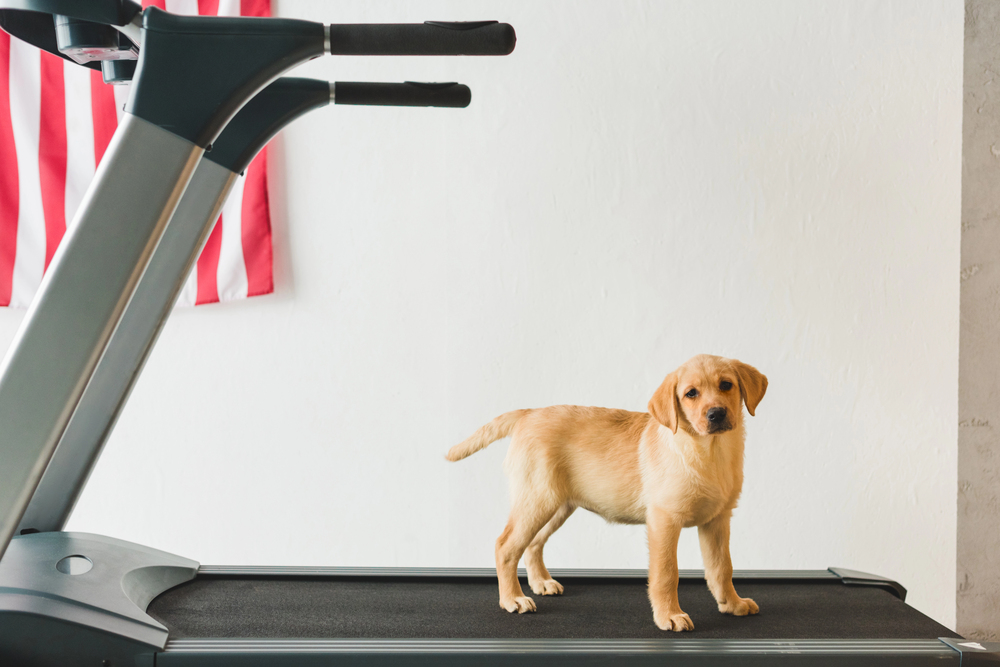
Tips for Exercising Pets Safely During Wildfire Conditions
When wildfire smoke is in the air, outdoor exercising can quickly become dangerous for pets. Even if they seem eager to exercise, poor air quality can put extra strain on their lungs and overall health. To keep them safe while maintaining their routine, follow these exercising adjustments.
1. Monitor Air Quality Before Exercising
Before heading outside, always check the Air Quality Index (AQI) to see if it’s safe for your pet to exercise outdoors. Even if the air looks clear, it may still contain harmful particles.
- 0-50 (Good): Safe for all activities.
- 51-100 (Moderate): Exercising is okay, but limit high-intensity workouts.
- 101-150 (Unhealthy for Sensitive Groups): Reduce exercise time, especially for pets with breathing issues.
- 151+ (Unhealthy/Very Unhealthy): Avoid outdoor exercise altogether.
Websites like AirNow.gov or weather apps provide real-time air quality updates, so check them before planning any outdoor training sessions.
2. Modify Exercising Intensity
Even if the air isn’t thick with smoke, pets can still inhale tiny harmful particles, so it’s best to adjust their activity level.
- Skip high-energy drills – Avoid intense activities like sprinting, jumping, and long-duration obedience work.
- Prioritize mental exercises – Replace high-energy workouts with focus drills, impulse control training, and scent-based games.
Shorten exercise sessions – If outdoor exercise is necessary, keep workouts between 5-10 minutes and monitor your pet for signs of discomfort.
3. Choose the Right Exercise Location
Canine exercise is a must, finding the safest environment makes a big difference.
- Move exercise indoors – A well-ventilated or air-conditioned space is the best option to minimize smoke exposure.
- Pick shaded or covered areas – If you must be outside, choose spots with better air circulation and protection from the elements.
Exercise during low-smoke hours – Early morning or late evening tends to have better air quality than midday when pollution levels peak.
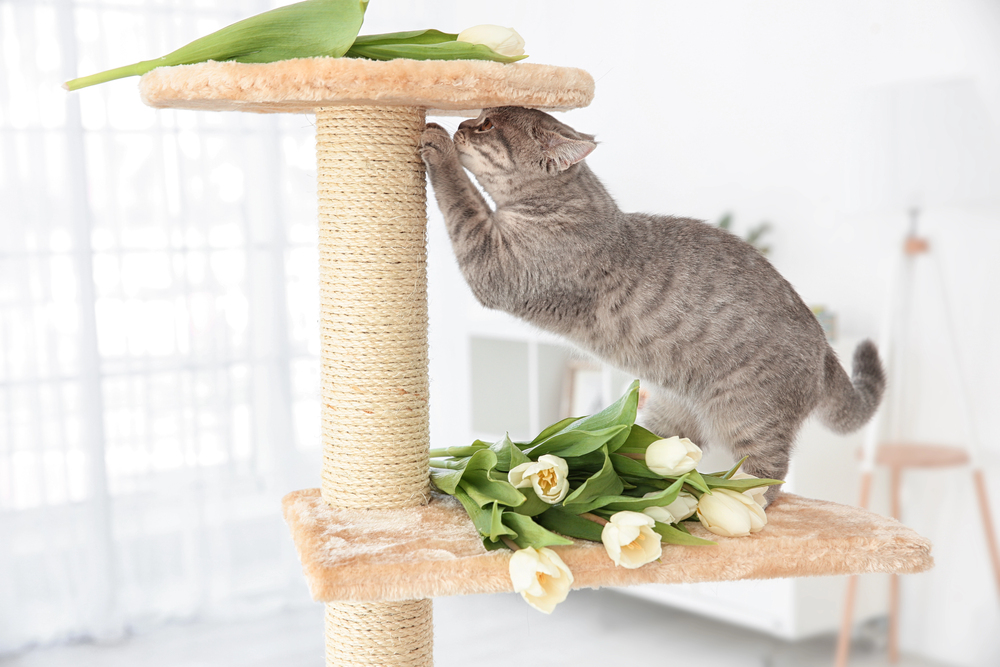
4. Hydration & Recovery
Just like humans, pets need to stay hydrated to keep their lungs clear and their bodies functioning well.
- Always provide fresh water before, during, and after exercising.
- Use a damp towel to wipe your pet’s face, paws, and coat after outdoor exposure. This helps remove any smoke residue they might lick off later.
Watch for signs of distress – If your pet starts coughing, panting excessively, or looking sluggish, stop training immediately and let them rest.
5. Alternative Indoor Exercise Ideas
If air quality is too poor for outdoor exercise, you can still keep your pet engaged with creative indoor activities:
- Treadmill exercising – A great way to keep up their fitness in a controlled environment.
- Scent work games – Hide treats or toys around the house and let them track them down using their nose.
- Obedience drills – Reinforce basic commands like heel, stay, and come to keep their mind sharp.
Balance and coordination exercises – Use balance discs, platforms, or simple household objects to improve their stability and confidence.
6. Post-Exercise Care
Even if your pet’s training session is short, proper care afterward is key to keeping them healthy.
- Limit outdoor cooldown time – Avoid letting them play outside too long after exercising, especially when the air quality is poor.
- Check for symptoms – If your pet is coughing, sneezing, or has red eyes, it’s best to skip the next exercise session and allow them time to recover.
With a few simple adjustments, you can keep your pet active while prioritizing their safety. Exercising is important, but their health always comes first—when wildfire smoke is in the air, a lighter routine is the best approach.
Final Words
Wildfire smoke can affect pets even from miles away, irritating their lungs, eyes, and skin. Some may develop coughing, sneezing, or watery eyes, while others seem more tired or anxious. Even if the air looks clear, tiny particles can still cause discomfort.
The best way to protect them is to limit outdoor exposure, use air purifiers, and keep them hydrated. Gentle indoor activities and regular symptom checks help keep them comfortable. If your pet shows serious symptoms like difficulty breathing or loss of appetite, contact a vet immediately.
At Fon Jon Pet Care, we’re here to help. Whether you need boarding, daycare, or grooming, our team provides a safe, comfortable space for your pets—no matter the weather.
Reach out today to see how we can support your furry friend!




